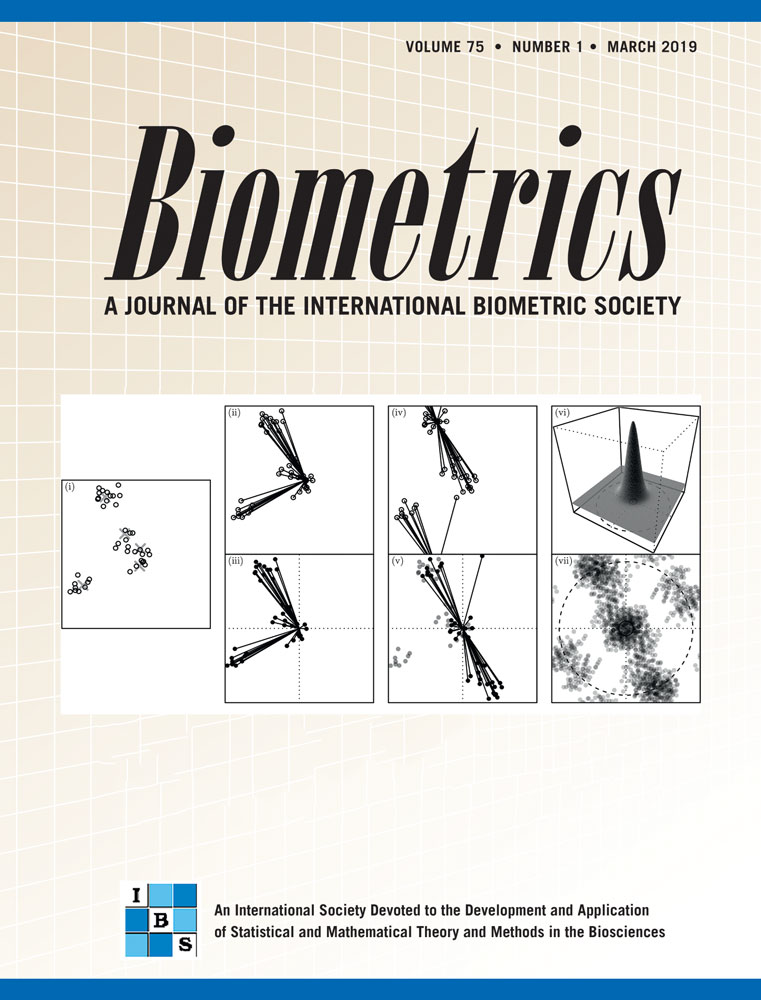On doubly robust estimation of the hazard difference
Summary
The estimation of conditional treatment effects in an observational study with a survival outcome typically involves fitting a hazards regression model adjusted for a high-dimensional covariate. Standard estimation of the treatment effect is then not entirely satisfactory, as the misspecification of the effect of this covariate may induce a large bias. Such misspecification is a particular concern when inferring the hazard difference, because it is difficult to postulate additive hazards models that guarantee non-negative hazards over the entire observed covariate range. We therefore consider a novel class of semiparametric additive hazards models which leave the effects of covariates unspecified. The efficient score under this model is derived. We then propose two different estimation approaches for the hazard difference (and hence also the relative chance of survival), both of which yield estimators that are doubly robust. The approaches are illustrated using simulation studies and data on right heart catheterization and mortality from the SUPPORT study.




